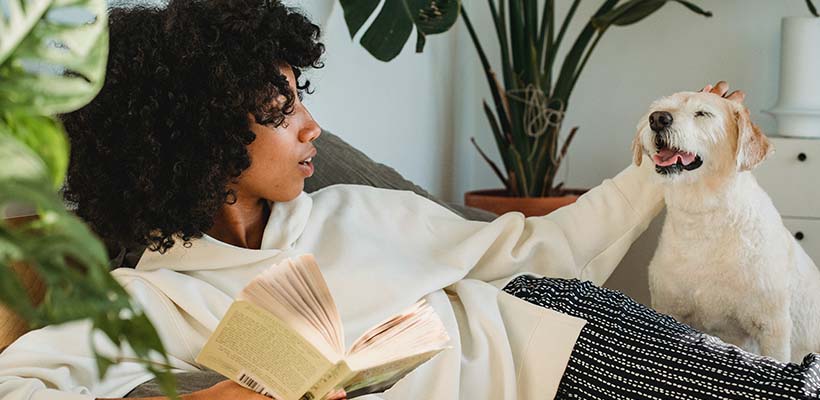
This article is contributed by guest writer Jennifer Sy (Freelance Writer).
How to Prepare Your Apartment for a Pet
For many of us, a house isn’t a home without a pet to share it with! But every fur-baby parent knows that, just like human kids, animals need extra attention when settling into a new place.
In this article, we’ll give you some tips and advice on helping your pet acclimate to your new apartment so they can get comfy and stay safe in their new surroundings.
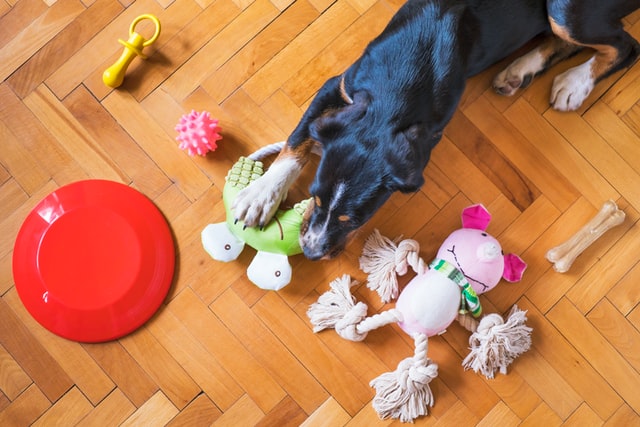
Get Your Pet Gear Ready First
In addition to food and treats, there are plenty of other necessities your pet needs in the house. Make sure you have essentials like food and water dishes, collars, leashes, litter boxes and litter, etc. You’ll also want to stock up on toys, chew toys, and if you have a kitty, something for them to scratch on besides your sofa!
Grab a crate (if you’re crate training your puppy) and a pet bed while you’re at it. Not only is it nice for your pet to have their own sleeping space, but it’s also an excellent way to train your pet to stay off the sofa and out of your bed. (Unless those areas aren’t off limits, of course.)
Oh, and if you’re potty training, don’t forget the puppy pads!
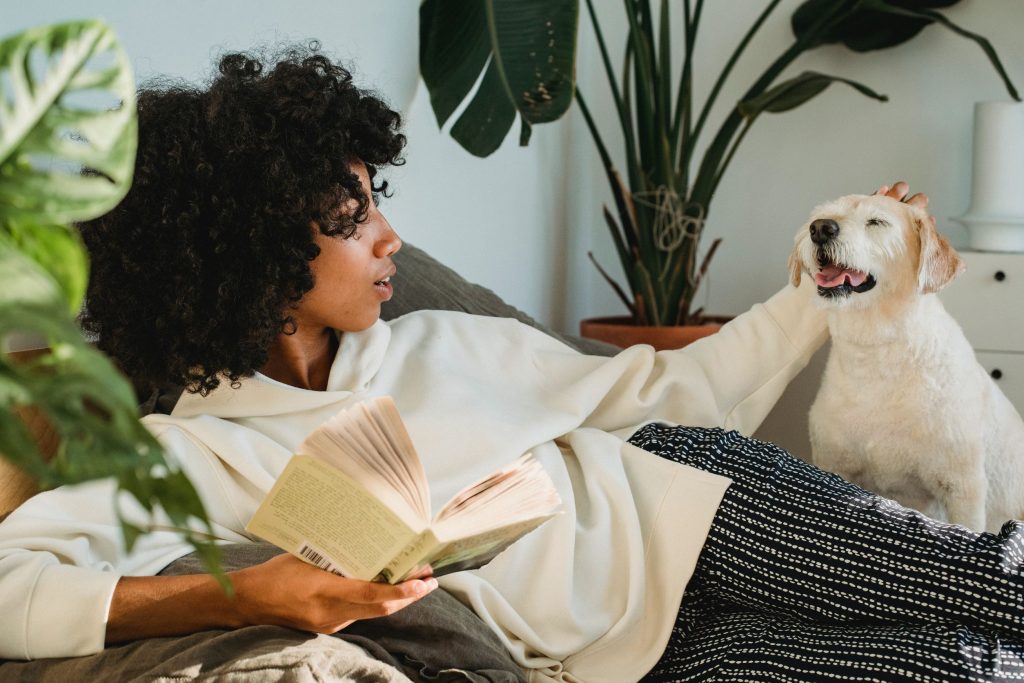
Put Potentially Harmful Chemicals & Houseplants out of Reach
Like children, pets need to be kept safe from dangerous chemicals in the home. Placing child-proof latches on your kitchen and bathroom cabinets is a great way to keep them inaccessible.
Also, if you keep plants, make sure to put them out of reach. Many houseplants are poisonous to animals. A quick google search will let you know what plants are safe to keep in your home and which ones to avoid.
Pet-Proof Tempting Surfaces
It’s natural for puppies to chew and kitties to scratch, but when your pet is exposed to new surroundings, the chewing and scratching can also be a symptom of anxiety, especially when you’re not home.
Areas like door frames, windowsills, and carpets are all tempting areas for chewing and scratching. Luckily, your local pet store carries plenty of ingenious gadgets designed to help deter them and protect those surfaces.
Keeping these behaviors under control is very important when renting with pets, to make sure you get your security deposit back!
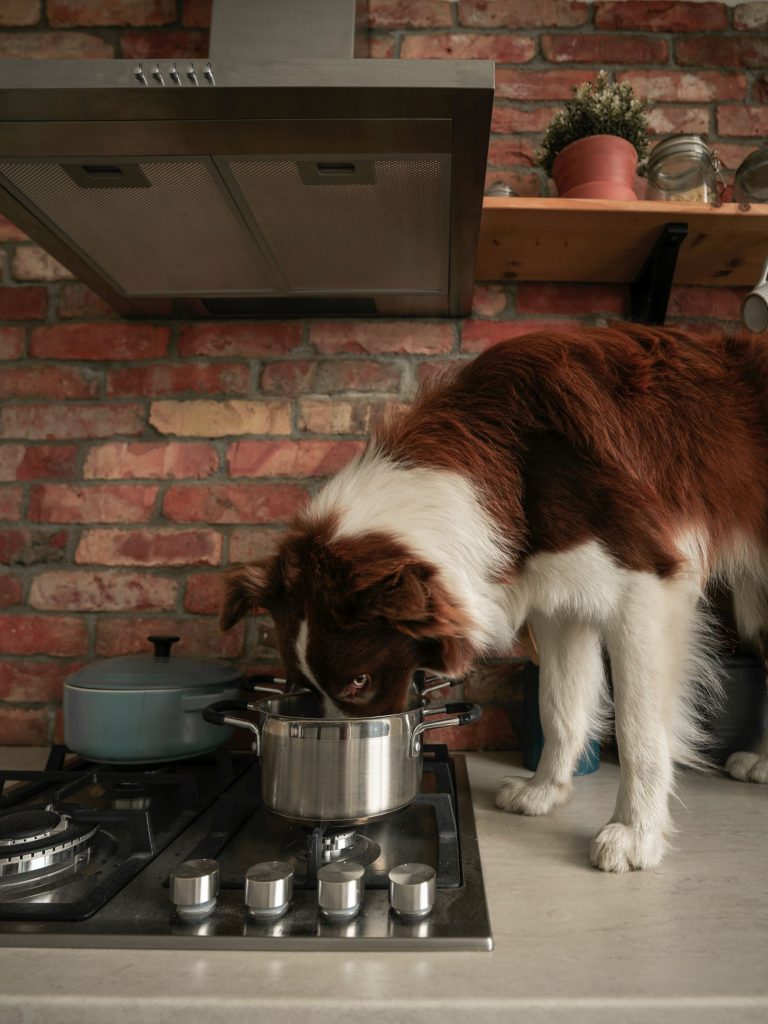
Pay Special Attention to the Kitchen
It seems like dogs are always hungry! As a result, they’re often tempted to raid your countertops or the trash looking for scraps.
That’s why it’s essential to doggie-proof your kitchen by keeping food and treats in sealed containers or stored where your pet can’t get to them.
The same applies to your trash can! To keep Rover from rooting through the trash, consider investing in a locking garbage can or storing your bin in a cabinet where he can’t access it.
Get Organized
Keeping your pet’s food, treats, and water bowls in a designated spot is good for staying organized and keeping their feeding area clean.
A designated toy basket for your pet’s playthings is always a good idea, too. No one likes to trip on a chew toy on the way to the bathroom in the middle of the night. Not only that, but putting their toys away every day is also an excellent way to keep track of their condition. Toys that have been shredded or chewed into tiny pieces are a potential choking hazard and should be replaced.
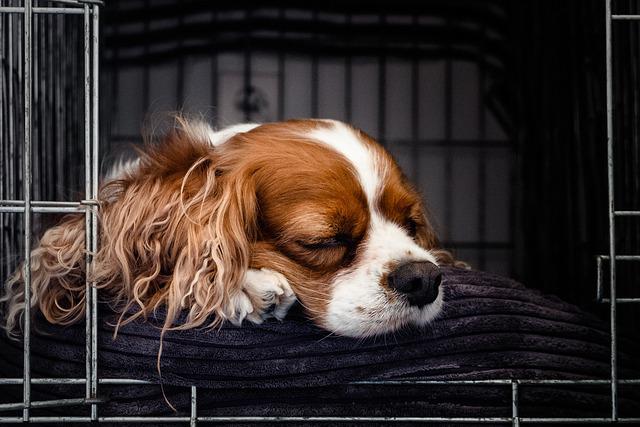
Consider a Crate
Most vets and dog trainers endorse crate training your pup for a myriad of reasons.
Dogs rarely use the bathroom where they sleep, so it’s a great way to potty train by teaching your little one to hold his bladder until it’s time to go out. (Just be sure to take him out frequently! The humane society recommends taking your puppy out to potty every two hours during the day and first thing in the morning.)
Crate training is also helpful for your dog as he grows to adulthood. Dogs naturally seek out small, sheltered spaces, and providing a comfy crate for your pup to stay in for short periods when you’re gone is a great way to ease his anxiety.
After your puppy is sufficiently crate-trained, you may find they prefer to sleep there and use it as a place to relax. Many dog owners end up leaving the crate open so their pups can come and go as they please.
Crate and carrier training is also helpful for reducing your pet’s anxiety when transporting them to vet visits or other places outside the home. And it’s not just for dogs, but cats and other animals too.
Welcome Home!
The tips above are suggestions; you should consult your veterinarian for more advice on preparing your apartment for your new furry roommate and how to best make them feel calm and comfortable there. Remember, for most pets, home is where their human is!

Amy Davis
September 4, 2022 at 9:40 PMThkz for this info 😊😊
A friend just moved & I helped her get the move taken care of ❤by cleaning her apartment left behind and I’d Like to forward – this page and info.